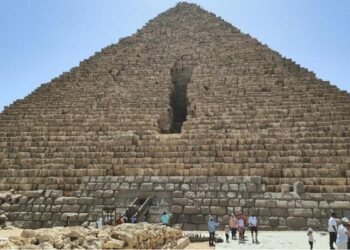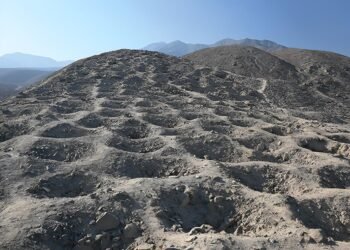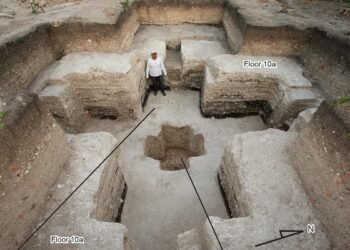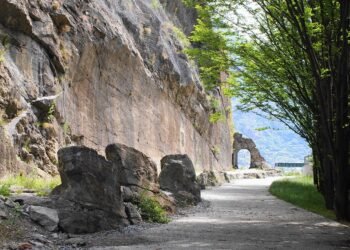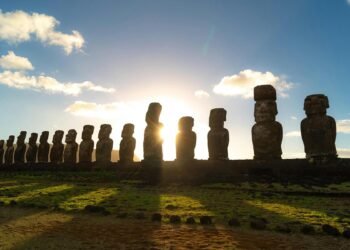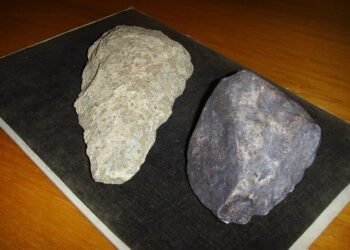Abydos is an important archaeological site located in Upper Egypt, about 11 kilometers west of the Nile River. It was one of the most important religious and cultural centers in ancient Egypt and is home to some of the country’s oldest and most significant ruins.
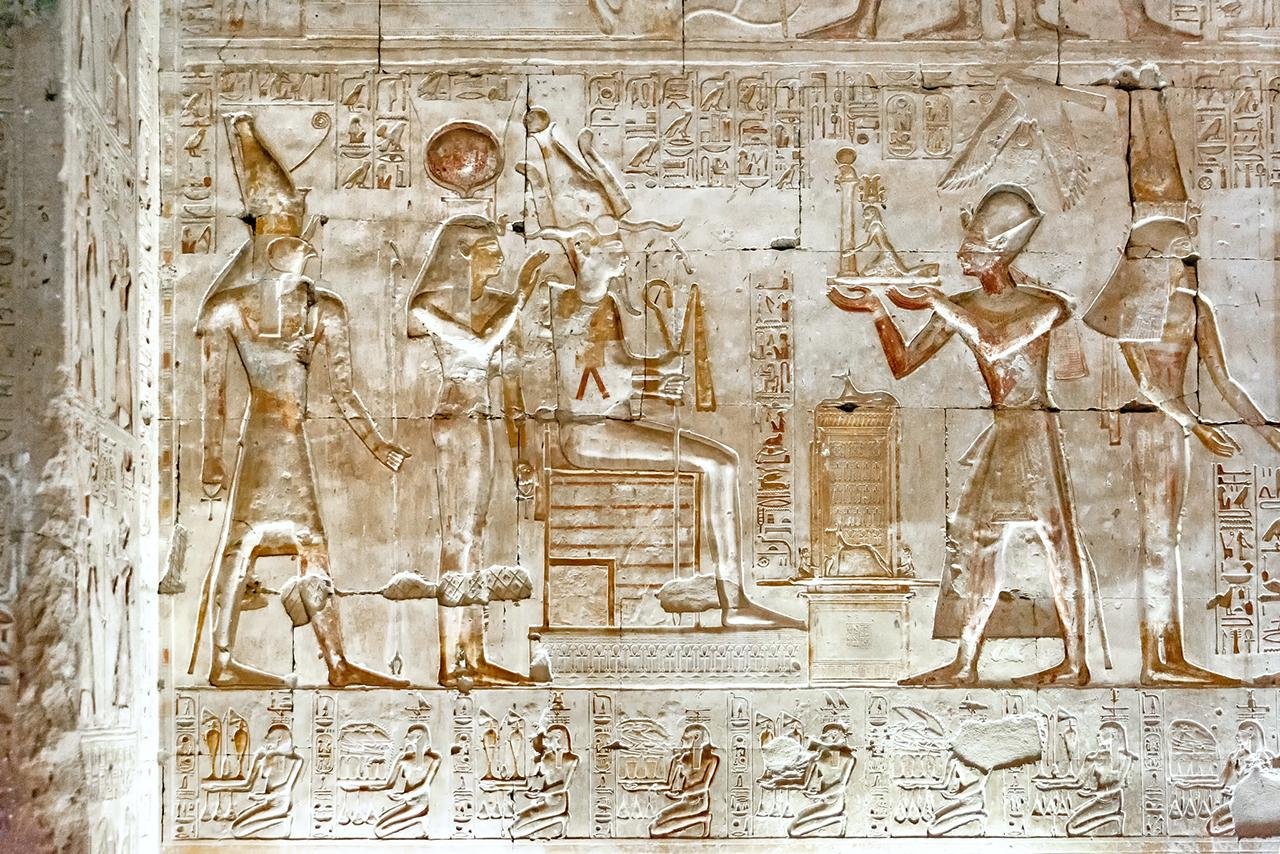
The site has been inhabited since prehistoric times, with evidence of human activity dating back over 7,000 years. However, Abydos is perhaps best known for its association with the god Osiris, one of the most important deities in the ancient Egyptian pantheon. According to myth, Osiris was buried in Abydos, and the site became an important pilgrimage destination for the faithful.
One of the most impressive structures at Abydos is the Temple of Seti I, which was built in the 13th century BCE. This temple is renowned for its intricate carvings and reliefs, which depict scenes from ancient Egyptian mythology and history. In addition to the Temple of Seti I, Abydos is home to several other temples and tombs, including the Temple of Ramses II and the Osireion, a unique underground tomb complex that may have been built as a symbolic representation of the tomb of Osiris.
Excavations at Abydos have revealed a wealth of artifacts and insights into ancient Egyptian civilization. Archaeologists have discovered everything from pottery and tools to jewelry and statuary, providing a fascinating glimpse into daily life in ancient Egypt.

